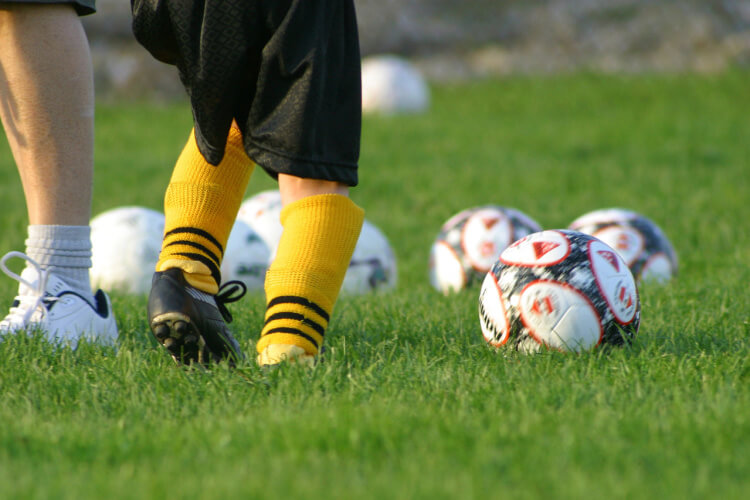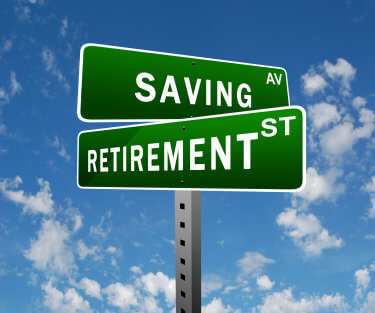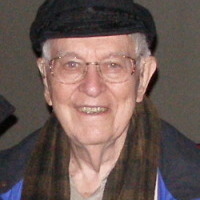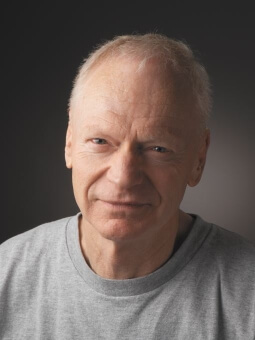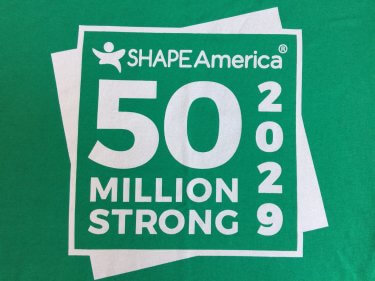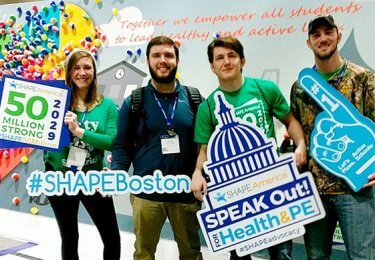It’s been almost two years since SHAPE America announced its commitment to changing the way health and physical educators do business. It might not have sounded much at the time but on closer examination it was a seismic shift in thinking. For years, those of us serious about being “good” teachers had done our best. We thought a lot about our instruction, kept up with new ideas, let national standards guide us, labored over designing quality lessons, sought to adopt best teaching practices, and embraced the need for better assessments. We were serious about our profession and critical of those throw-out-the-ball colleagues whose don’t-much-care attitudes were cringe-worthy. Given the many limitations we faced – the lack of resources, space, and support – what more could be expected from us? We already worked countless often unappreciated hours. Frankly, our cup was full. Surely enough’s enough! Quit asking us to do more!
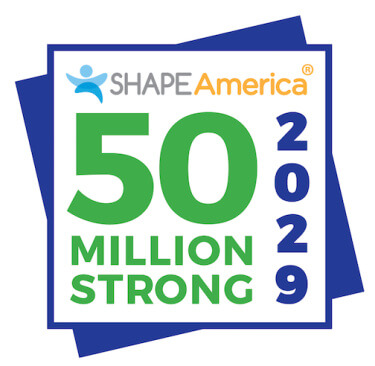
But that’s exactly what SHAPE America was doing. At the 2015 Seattle convention, on behalf of SHAPE America, President Dolly Lambdin challenged us to rethink, retool, and reimagine how and what we did in our health education and physical education classes. And WHY? She wasn’t suggesting that we weren’t trying. No one doubted that most of us were trying as hard as we could. The problem was that our efforts weren’t getting the outcomes we wanted. Simply stated, to just teach well was good, but not good enough. Trying hard maybe counted for something, but the profession wasn’t getting the results it needed to thrive. Just as dieting means little if you don’t lose weight, teaching well isn’t so praiseworthy if student behaviors don’t change. And in most places, they weren’t.
The data was clear. Three decades of worsening childhood obesity. Kids moving less and eating more. Now no one’s suggesting that it’s our fault alone. But clearly as teachers, we’ve failed to successfully motivate America’s youth to become and stay physically active and to make healthy lifestyle choices. It just hasn’t happened despite the devastating and very predictable social, emotional, and financial consequences if these trends continue.
